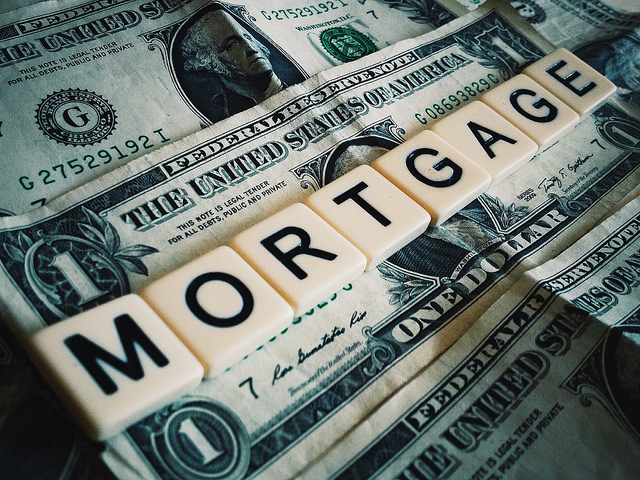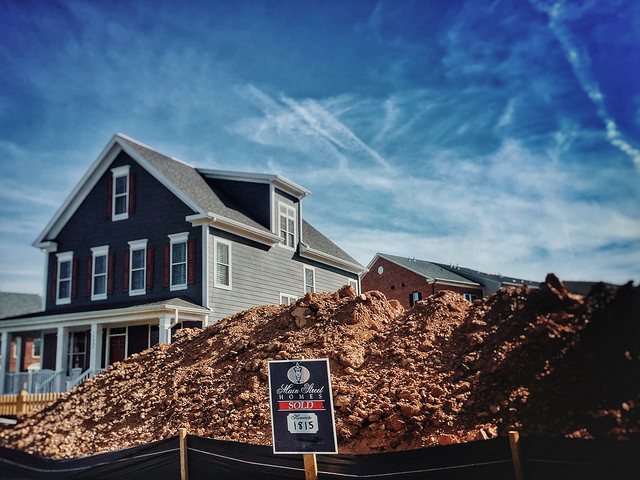One result of the housing crash is that American home buyers are now more savvy about the housing market. In addition to finding a house they love, they are also concerned with market fluctuations and whether or not they are buying at the right time. In fact, a recent survey from Value Insured shows 63 percent of all buyers and 72 percent of millennials say they worry that they’ll buy a house just as home prices peak. This concern is natural considering recent history. However, the longer you live in a house, the less likely you are to suffer the effects of market fluctuations. That means, if you’re buying a house you love and plan to live in for, at least, the next five to seven years, you can feel more comfortable buying regardless of where the market may be. Joe Melendez, CEO of Value Insured, says the fact that this is a common concern shows Americans are more informed these days. “Beyond the jitters, I see in our survey an increasingly informed nation of home buyers, who understand the risk of the market,†Melendez says. “To those concerned about a price correction, or waiting to time the market, I recommend a proactive approach. Have an exit plan, then anytime you find a home you love is a good time to buy.†More here.













